Category: Roman Hauntings
Thurston Clough is a hamlet near Scouthead, roughly 1.5 miles from the village of Dobcross, Saddleworth and Janette Quinlan in Mystical Oldham (2010) refers to a letter received by the Oldham Evening Chronicle in 1973 concerning Roman soldiers haunting Thurston Clough.
The Treasurer’s House was the seat of the treasurers of York Minister from the 12th century to 1546. The last treasurer – William Cliffe – resigned, after all the treasure was removed during the dissolution of the monasteries. The house was extensively rebuilt in the 17th century.
Between 300-340AD the Roman fort of Anderitum was built, one of the last and strongest of the south forts. It formed part of the Litus Saxonicum (Saxon Shore) a series of defensive positions designed to defend Roman Britain from the threat of the Saxons. This fort formed the foundations of Pevensey Castle.
Patty’s Bottom, a valley near Woodminton is described as being haunted by the tramping of feet and a headless horse as the site was the scene of a bloody battle between the Britons and the Romans.
This hillfort that covers 9 hectares or 22 acres was occupied in Roman times, and it is said to be haunted by ghostly Roman soldiers. They have been seen on a road near to the camp. The camp itself sits upon a bronze age settlement and evidence of post Roman occupation has also been found.
This ancient trackway, believed to date to the Neolithic period, is said to be haunted by Roman legionaries and Black dogs.
At one time, before modern transport allowed freedom of movement, it was believed to lead directly to hell.
A headless drummer boy who was murdered during the Napoleanic wars is said to haunt the castle as are a monk and a Roman soldier. The castle was also the scene of an ASSAP vigil in which a door in the castle was filmed shaking violently.
Reculver is a popular summer holiday resort on the north coat of Kent. It has two key sites of archaeological interest, the remains of a Roman fort and a ruined medieval church.
Spectral Roman armies where seen marching into the sea during the World War II Watches. The area around Richborough was a Roman port during the occupation and the Roman Fort was very important strategically. Though the fort originally overlooked a port, it is now two miles from the sea.
The original fort dates to the Flavian period, and was probably erected during the governship of Agricola (AD77 to AD83), when new Roman roads were being constructed in the Pennines as an aid to Roman expansion in the North. The larger fort became a smaller fortlet in the Trajanic era.

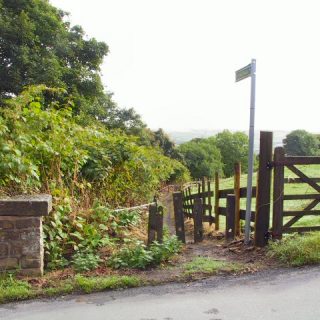
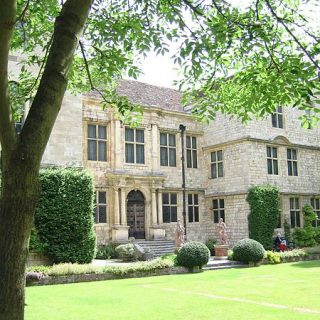
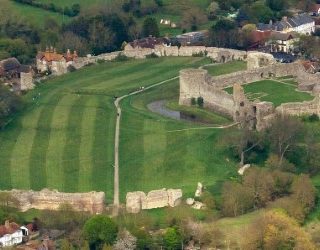
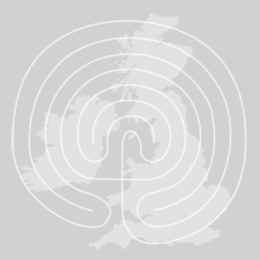
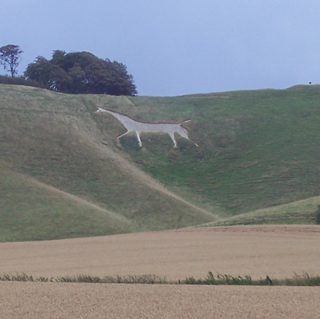
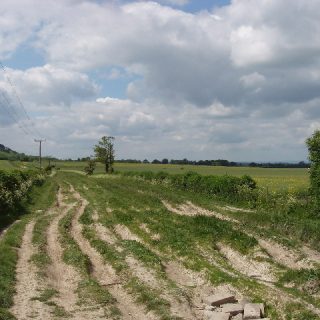
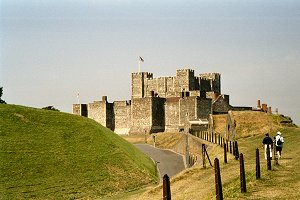
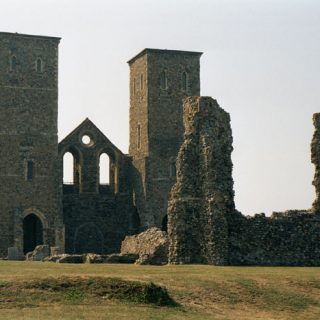
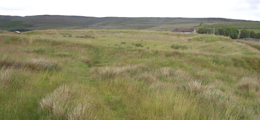
Recent Comments